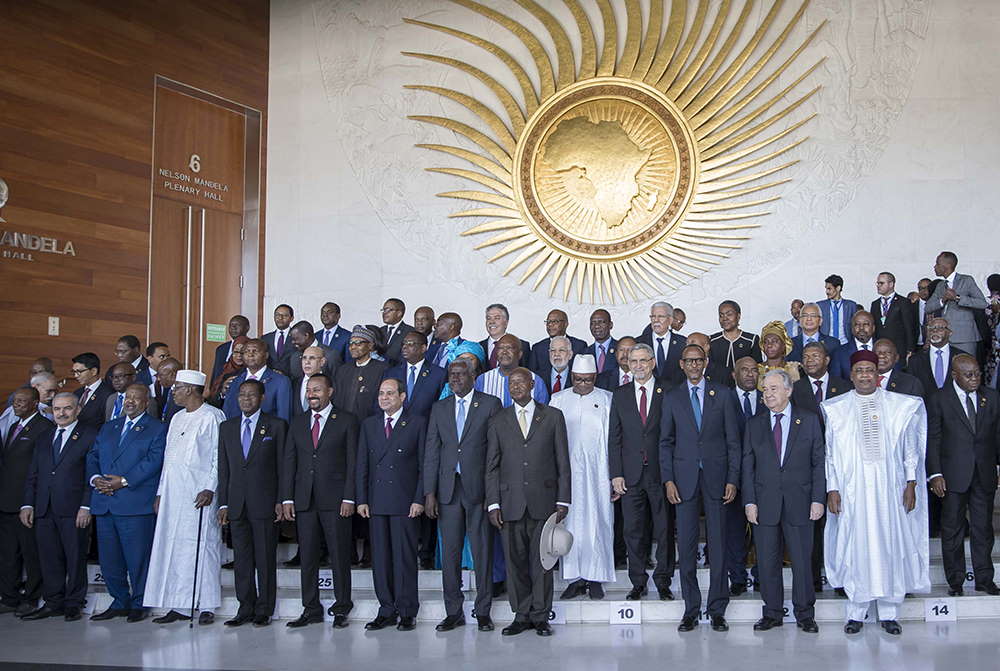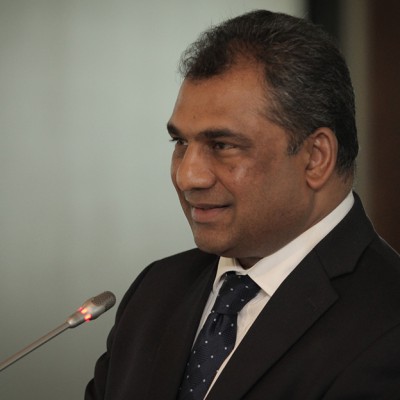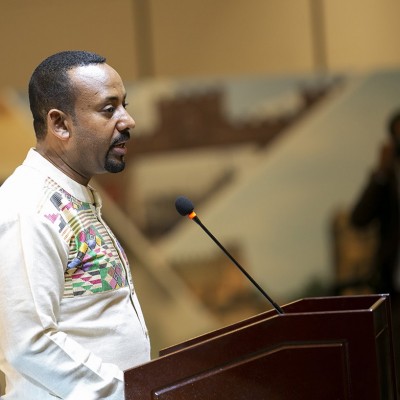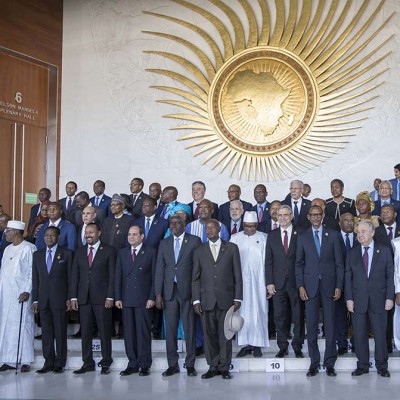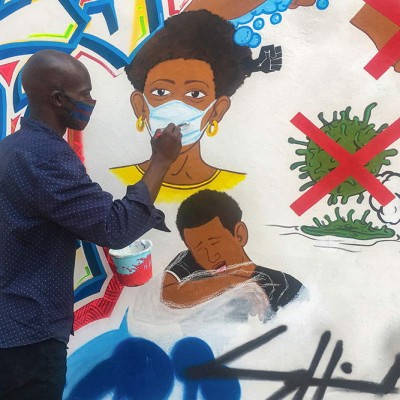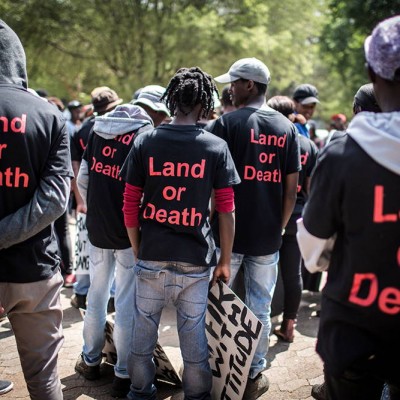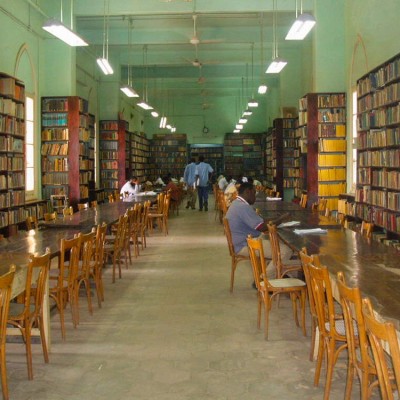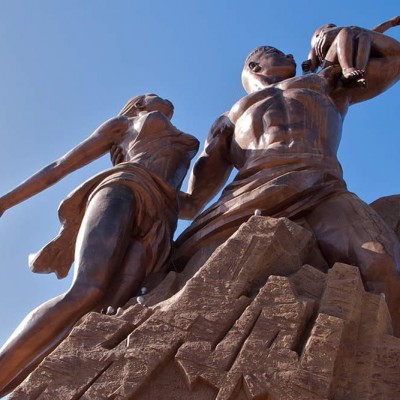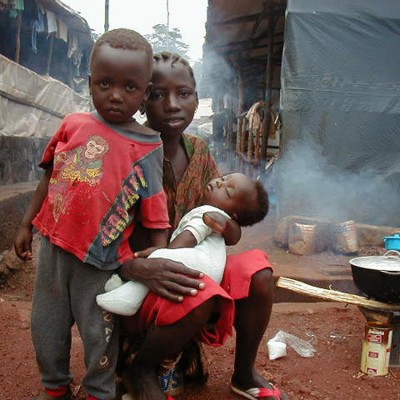Introduction
There were expectations that the end of the Cold War would usher in a peace dividend for Africa, but the reality has been more complex. Whilst some countries adopted liberal democratic practices (multiparty political systems, regular elections and free market economics, for example), these were insufficient to quell high levels of internal discontent – which, in some countries, led to armed, intrastate conflict or civil wars. The character of these violent conflicts has changed over time: some conflicts of the 1990s and early 2000s were organised contestations for power at the level of the central state by groups with clear political objectives, and decisive outcomes with wide legitimacy – Namibia, South Africa and Somaliland are such examples. In Nigeria, Ghana and Uganda, authoritarian regimes, military rulers and one-party states were dislodged, and more inclusive politics prevailed. This is in contrast to many of the armed conflicts today, where the motivations of the belligerents are complex and varied and may even include a desire to break away from the central state, rather than to take control of its levers, as in Mali and Libya. Such factors make the challenge of reaching sustainable peace in Africa an ambitious undertaking. The African Union (AU) had aimed to “silence the guns” by 2020.1
In a recent article, Chris Nshimbi summarised some of Africa’s current theatres of conflict. They include civil wars in Libya and South Sudan and a war waged by separatist Anglophones in Cameroon, and regional conflicts in the Sahel (affecting Mali, Burkina Faso, northern Nigeria, Chad, Sudan and Eritrea); the Lake Chad area, including Cameroon, Chad, Niger and Nigeria; the Horn of Africa, including Somalia, Sudan, South Sudan and Kenya; and the Great Lakes Region, including Burundi, the Democratic Republic of the Congo (DRC), Rwanda and Uganda.2 And, as if the extremist violence posed by Boko Haram and other groups in the Sahel and Al-Shabaab in the Horn of Africa are not enough, a new front of violent extremism seems to be arising in southern Africa, with the emergence of a militant Islamist group in Cabo Delgado province in the north of Mozambique.3

As 2020 draws to a close, this article examines the objective conditions that have given rise to current iterations of violence and assesses whether the policy measures and strategies adopted at the international, regional and national levels are bringing the continent closer to sustainable peace.
Causes of Armed Conflict
Studies published in the past five years have reached similar conclusions about the causes of armed conflict in Africa. African Politics, African Peace – an extensive review of African peace missions – notes that after a decline in the number of complex intrastate conflicts in the early 2000s, there has been a steady rise in armed conflicts in Africa.4 These armed conflicts have increased the defence and security expenditure of the affected countries, draining resources from social expenditure. The instability created by armed conflict has deepened poverty and frustrated societal aspirations for a better life, especially for young people. The study found that several key factors were driving armed conflicts. The first factor was contested political transitions: election-related violence had increased, and this violence occurs before, during or after voting periods. In some cases, violence was triggered or exacerbated by amendments or revisions to constitutions to serve incumbents or their parties, by prolonging their years in office. Other triggering factors were the closing of space for civil society to engage meaningfully in political processes and debate, the passing of restrictive laws, and the state resorting to intimidatory tactics or the use of undue force, as examples of how citizens were prevented from exercising their rights. Another trigger might be the refusal of an incumbent to relinquish power to the winning party after an election, leading to violence between supporters of the respective candidates or parties.
A second factor driving the increase in violent conflicts, identified in the African Politics, African Peace report, is the phenomenon of interstate rivalry. This debunks the idea that African states “do not go to war with each other” and are essentially free of conflict, united by a common set of interests due to their shared colonial past. This transposition of the “liberal peace” idea has disguised the harsh truth of competition between African states. As the report stated, some armed conflicts, in spite of being described as “intrastate”, are characterised by high levels of “clandestine cross-border military operations and various forms of support to proxies by neighbouring countries”.5 These dynamics are a substantial reason for the prolonging of conflicts in countries that can little afford the scars of violence.

A third factor contributing to armed conflict in Africa, according to the African Politics, African Peace study, is violent extremism. The study noted that there was a tendency for such violence to flow across borders. A fourth factor contributing to further violent conflict was disputes over natural resources and boundaries. At a local level, competition for resources can lead to conflict – for example, conflict between pastoralists and farmers in the Sahel countries is a source of ongoing tension. On the other hand, disputed boundaries have not in themselves been sufficient to drive violent conflict.
Similar trends to those presented in African Politics, African Peace were noted in a United Nations (UN)/World Bank study entitled Pathways for Peace, published in 2018.6 Pointing out that more countries had experienced violent conflict in 2016 than at any other time in the past 30 years, the study noted that the surge in violence affected not only low-income countries, but also middle-income countries with relatively strong institutions. This challenged the trickle-down theory of economics – the assumption that growth in national income will invariably lead to peace, along with social, economic and political advancement. Based on current trends, the study argued that by 2030, more than half of the world’s poor would be living in countries affected by high levels of violent conflict.
In identifying the issues that people cared enough about to resort to fighting, access to power, land and resources, equitable delivery of services, and responsive justice and security were recurrent themes. The Pathways for Peace study noted that the state is a critical role-player in ensuring access to these needs. When confidence is lost in how the state exercises its responsibility, its legitimacy is weakened and people turn to violence to achieve their goals. The report argues that to mitigate the risk of violent conflict, several conditions are necessary: prevention measures are necessary, but they must be sustained, and should not be short-term measures; prevention measures must be inclusive (and not just respond to the needs of elites); and prevention must be targeted and address grievances that arise before, during and after the period of violence.
Finally, an extensive United Nations Development Programme(UNDP) study, Journey to Extremism in Africa, paints a picture of alienation, poverty and marginalisation as being significant drivers for why people are attracted to violent extremist groups.7 Some 495 inmates in detention centres – all of whom had, at some point, been involved in violent extremism – were interviewed about what had motivated them. Most of the respondents were male (although not exclusively) and almost all said they had resorted to violent extremism as a means to a livelihood. Most of them had also grown up in remote border areas, where services were often neglected by state authorities. Their perception of their opportunities was that these were extremely limited; in fact, many saw themselves – their ethnic group or religion or something important to their sense of self – as being under threat. As a result, they did not trust the state authorities – in fact, most said that the trigger for becoming involved in violent extremism had been some negative experience they had encountered at the hands of the state. The effects of violent extremism are devastating. The UNDP estimates that more than 33 000 people in Africa lost their lives in violent extremist attacks between 2011 and 2016. In addition, millions have lost their livelihoods due to forced relocation or loss of breadwinners as a result of this violence.8
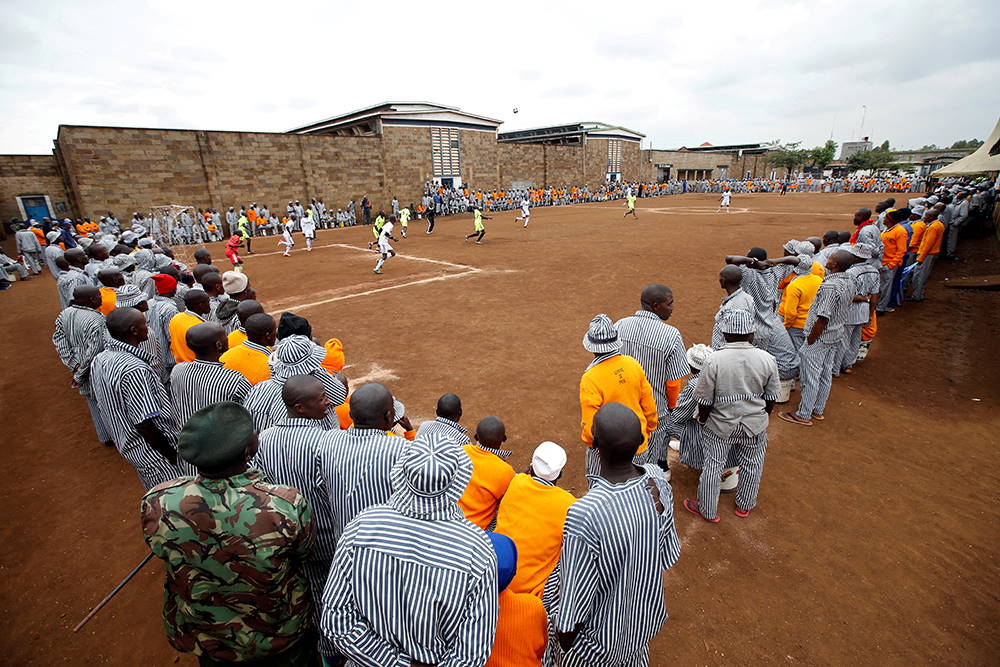
A question that has to be asked is: where do weapons come from for armed violence? Studies have shown that Africa is awash with illegal weapons (some estimates put the number at 100 million illicit small arms9) and that their easy availability is fuelling conflicts. Some are legacy weapons from past conflicts, others are stolen or captured from the arsenals of militaries in the region, whilst others arrive in Africa through illicit maritime trafficking – for example, in Somali waters, or in the Gulf of Guinea. These weapons then make their way into the hands of extremist groups. The interconnectedness of illicit weapons smuggling, other forms of transborder crime and poorly equipped and trained enforcement capabilities consign the people in affected countries to hardship and insecurity.
All these studies point to the underlying structural causes of violent conflict: political exclusion, economic marginalisation and social inequality. The lack of state investment in key sectors, such as education, health and community security, has fuelled grievances. In some instances, non-state actors have stepped in to fill the vacuum, offering the security and protection the weak or indifferent state has failed to provide. They have used the advantage of proximity or access to propagate ideologies that promote intolerance and violence, as with Boko Haram in northern Nigeria and Al-Shabaab in the Horn of Africa. The resulting violence has led to militarised responses from the state, leading to a further drain on resources. This is a vicious cycle that is damaging to the economies of the affected countries, and which causes grave insecurity for the people.
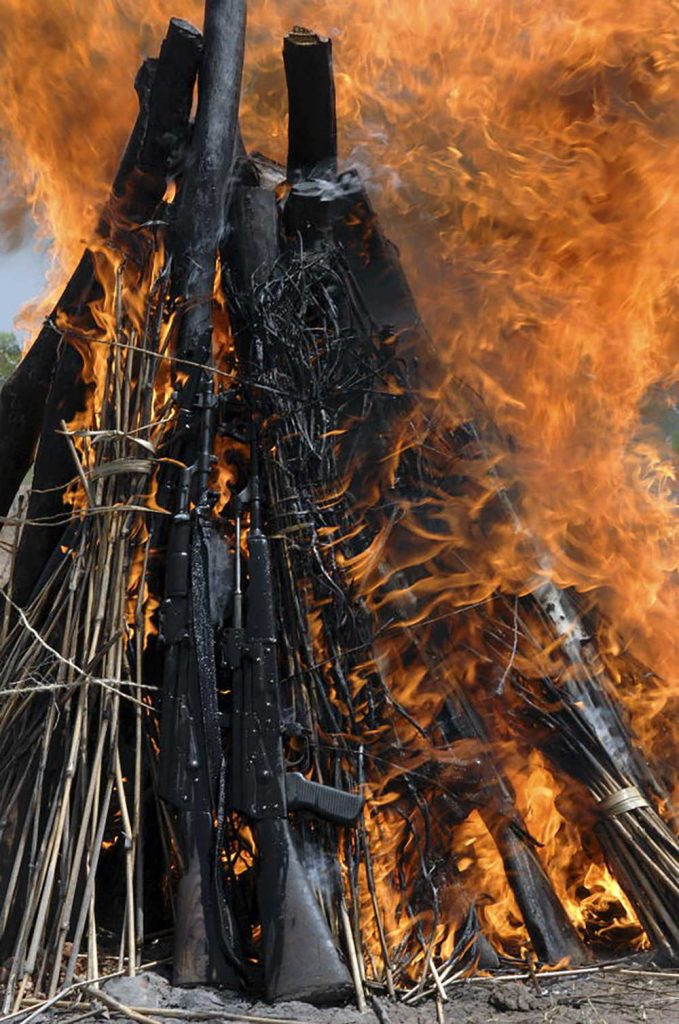
Peacebuilding Challenges in Africa
Given the ambiguity of violence in Africa, peacebuilding processes tends to be complex, multifaceted and messy, with several processes overlapping or running concurrently. These can include political transition, where political actors must sort out their differences, level the playing field and work together in a common geographical territory. To complicate matters, the players may not be in favour of political co-existence, and may instead be pursuing the goal of self-rule, secession and detachment from the national political territory – as was the case in South Sudan, which attained independence in 2012. In addition, there is usually a security transition, where armed actors must be brought under political control and persuaded to lay down their arms and work towards peaceful coexistence. Disarmament, demobilisation and the reintegration of fighters into society, or the integration of those fit for service into formal units, can be equally testing affairs, as shown in Liberia, Sierra Leone, Burundi and Côte d’Ivoire. Often, there are groups that opt to remain outside of mainstream processes, and their continuing acts of violence are a drain on the resources of the state. Where state legitimacy, authority and capability are weak, there is likely to be difficulty in the implementation of peacebuilding programmes – Libya, Mali and Burkina Faso are current examples. Not only are such countries dealing with ungoverned spaces, but, in some cases, the state’s authority has been so eroded that there are parallel machineries of control – and the state, lacking the monopoly of the use of force, is unable to address this. These realities make peacebuilding multi-layered and complex, and test the political commitment and endurance of those engaged in its various processes.
Another challenge of peacebuilding is that in the most fragile post-conflict countries, the prospect of a relapse into violence often looms. Very often, the precipitating factors are ignored until it is too late. Sometimes, the conflict that erupts involves organised armed groups, which are able to use their armed status to bargain for concessions from weak state structures. Another trigger for the reigniting of conflict may be the failure of those who attain power to attend to the issues of socio-economic justice. Peace agreements followed by elections are typically marked by the extension of political rights (a formal form of equality) that is unmatched by the provision of meaningful access to social and economic rights. Burning questions, such as control over land and the redistribution of wealth, stand as massive impediments in societies in which these questions remain unresolved. Likewise, where there have been gross violations of human rights and perpetrators have not been brought to book, the failure to effect transitional justice hangs like a cloud over the affected societies or countries.
A further challenge to peacebuilding is the varied and asymmetrical threats that peace operations must continue to respond to, even as peacebuilding work must proceed. Apart from the threat of loss of life of the contingents deployed to address threats posed by armed insurgents, rebels or extremists, the disruptive impact on civilian life – displacement, deaths and/or disruption of normal communal life – creates a tremendous humanitarian burden. Taking into account that violence of this sort has its own political economy (often involving small arms proliferation, human and drug trafficking, money laundering, diamond smuggling, and corrupt practices in the state and private sector), the extent of the vested interests that keep the violence going becomes apparent.
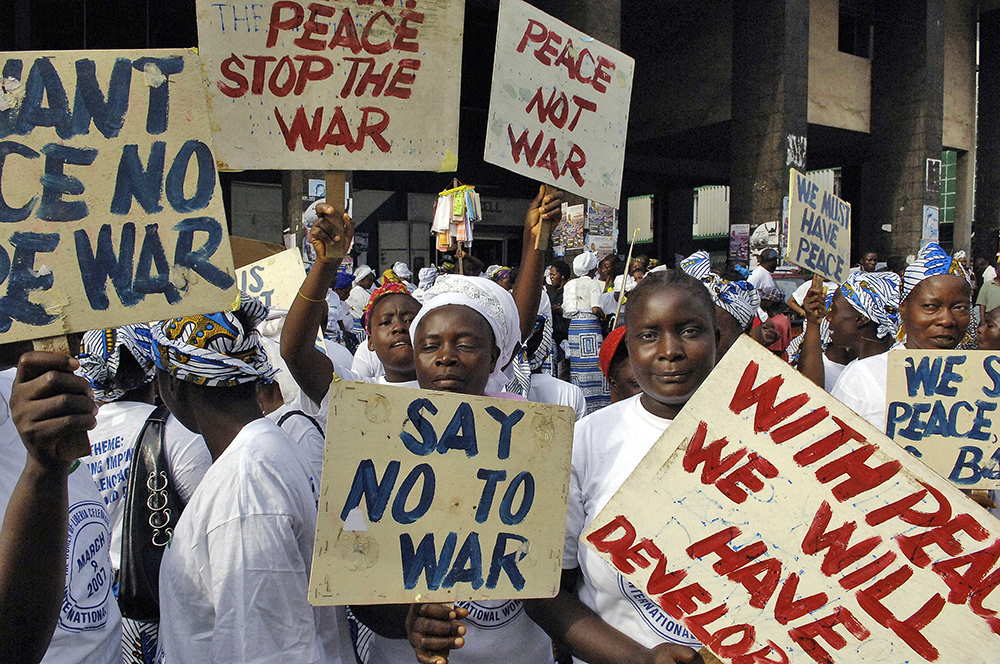
Finally, peacebuilding often involves multiple international stakeholders that fail to coordinate their efforts, not least because their interests differ. Peacebuilding processes are heavily dependent on external sources of funding, and post-conflict countries seeking to conduct a peacebuilding process are confronted with a multitude of global actors and benefactors that seek to shape their peacebuilding process. The interests of individual countries impact on the decisions being taken by multilateral organisations. When it comes to support from bilateral partners, the field has opened up to countries beyond the traditional Organisation for Economic Co-operation and Development (OECD) countries. Emerging powers such as China, India and Brazil have become increasingly involved in peacebuilding – in particular, with development assistance in Africa – reflecting different interests and conditions. For recipient countries, support from multiple sources has its advantages, as it diversifies partnerships and does not skew relations too much in favour of one partner. However, this can also subject a vulnerable country with tenuous political structures and a fragile economy to immense pressures from international actors, each with their own priorities, strategies and expectations. Peacebuilding processes – especially formal processes – are typically driven by large, well-resourced actors that direct their attention to elite actors that are easier to identify and work with. The reality is that actors at the grassroots level often find innovative and more sustainable ways of peacebuilding. Definitions of what constitutes peacebuilding that fails to include these localised initiatives are often a missed opportunity for sustainable peace. This is particularly important in relation to women, who tend to be left out of formal peace processes, and whose value in peacebuilding is therefore underestimated.10
Moving the Peacebuilding and Development Agenda Forward
The growing number of actors, along with the shifting nature of relations between Africa and a larger array of international partners, are practical realities that must be factored into an analysis of peacebuilding challenges in Africa. Yet, whilst increased engagement by additional actors offers a chance for better-resourced peacebuilding programmes, this should not happen at the expense of local actors. The temptation for peacebuilding to reflect primarily the interests of the elites that have fought their way to the negotiating table, or the political incumbents negotiating the extent to which they are prepared to share power, is strong. These very visible actors are well placed to secure for themselves the best outcomes, whilst their supporters may feel excluded.
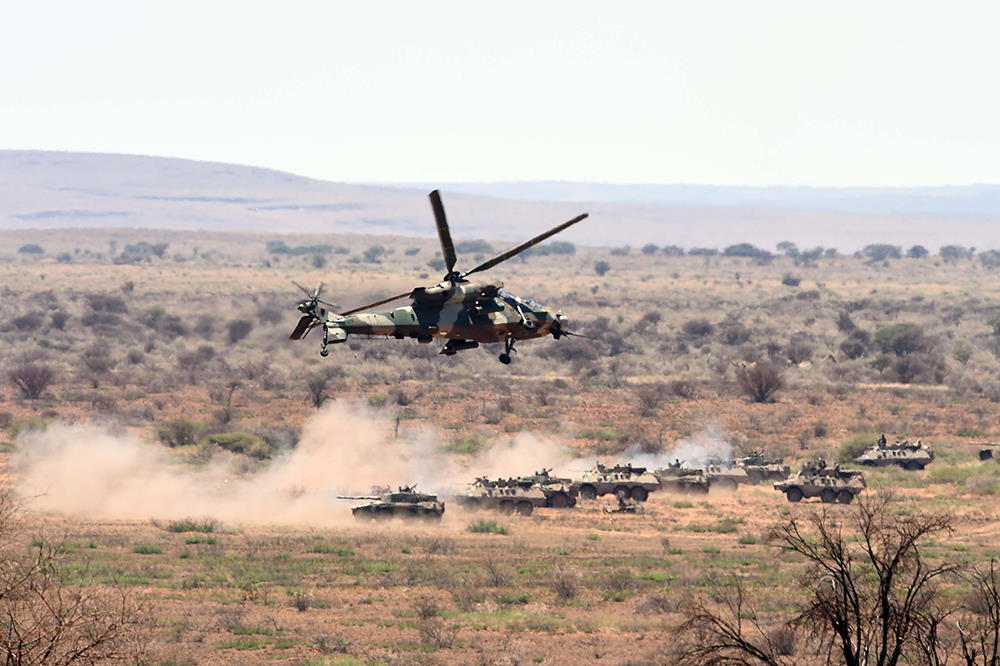
For a long time, responses to the issues of security and development have been institutionally compartmentalised. The UN’s overarching framework for peacebuilding is its “sustaining peace” agenda. “Sustaining peace” is the language used in official UN policy frameworks following two reviews: the 2015 Report of the Advisory Group of Experts for the Review of the UN Peacebuilding Architecture (AGE Report),11 and the Report of the High Level Independent Panel on United Nations Peace Operations (HIPPO Report).12 What makes the sustaining peace approach different to earlier approaches is that it “replaces what until now has been a sequential approach to conflict that often resulted in silos – notably silos of prevention, humanitarian action, peacekeeping, peacebuilding and development – and calls for better linkages and sharing of instruments across these different sets of responses”.13 Fortunately, this is changing, although much more needs to be done to bring about well-calibrated responses to Africa’s peacebuilding challenges at the international, regional and national levels. At the international level, more support is being pledged towards social investment, hard infrastructure and foreign direct investment in countries coming out of conflict. This integrated approach is a step in the right direction, since a worrying trend in recent years has been the tendency of the international community (and regional organisations such as the AU) to respond to armed conflict through military intervention or assistance to weak states, at the expense of longer-term solutions involving inclusive economic development and investment in social infrastructure and capable, representative public institutions.
The aspirations reflected in the AU’s Agenda 2063 include a prosperous Africa, based on inclusive growth and sustainable development; an integrated continent, based on the ideals of pan-Africanism and a vision of Africa’s renaissance; an Africa of good governance, democracy, respect for human rights, justice and rule of law; a peaceful and secure Africa; an Africa with a strong cultural identity, common heritage, values and ethics; an Africa whose development is people-driven, relying on the potential offered by people, especially its women and youth and caring for children; and an Africa as a strong, united, resilient and influential global player and partner.
However, frameworks being developed at the level of the AU, including relevant protocols attendant to the African Charter on Human and Peoples’ Rights and the African Policy Framework on Security Sector Reform, are not uniformly translated into domestic policies or receiving the same level of attention or commitment from all governments on the continent. Policy actors would do well to take note of analyses that point to the frustrations, marginalisation and sense of exclusion and lack of opportunity that drive communities to the edge. The fact that cities tend to be better resourced than rural peripheries is a planning faultline that governments need to address. Economic policies that are inclusive, together with greater accountability on the part of those in government, remain a must. Mass uprisings in Burkina Faso, Sudan and Ethiopia all attest to the fact that change from below is possible. In a context where the impact of regional organisations is not felt, the AU must show that it can deliver public goods that people desire, including peace.
Then there is the reality that there is a political economy of violence from which some benefit. This requires African states and regions to build stronger enforcement capacities. The AU has a long-standing aim of deploying an African Standby Force, which would be formed from brigades contributed by the regional economic communities (RECs). Without a credible African force that can be quickly mobilised, deterring warring parties from resuming conflict is significantly more difficult. The AU must also improve its early warning capacity and hold member states accountable for unduly violent responses to internal conflict when there are signs of impending crises. The AU, along with the international community, has a duty to assist fragile, relapse-prone countries to avoid further crises. Building mediation capacities has correctly been prioritised by the AU and RECs, and these were deployed to defuse tense situations in Burkina Faso, The Gambia and Mali, among other places.
It is only in the past few years that Africa has addressed the reality that its economic dependency is integrally tied to its inability to address its conflict and peacebuilding challenges in a sustainable way. The launch of the African Continental Free Trade Union (ACFTU) in 2019 was seen as a way of helping Africa out of this quagmire. The COVID-19 pandemic, however, has led to a necessary reprioritisation – but, at the same time, has exposed how fragile many states in Africa remain. Not only does this new turn of events highlight just how costly armed conflict is, it also shows how important it is for the security sector to be managed in a manner that is accountable, transparent and subject to effective controls. No government, private actors or taxpayers want to see their resources used recklessly. If Africa generates and funds its own solutions and peacebuilding agenda, there is likely to be careful scrutiny and management of how these resources are utilised.
Endnotes
- ACCORD (2015) Silencing the Guns: Owning the Future. Realising a Conflict-free Africa. Durban: ACCORD.
- Nshimbi, Chris (2020) ‘Why the African Union has Failed to “Silence the Guns”. And Some Solutions’, Available at: <https://africacenter.org/spotlight/the-emergence-of-violent-extremism-in-northern-mozambique/> [Accessed 23 July 2020].
- World Peace Foundation (2016) African Politics, African Peace. Medford, MA: Fletcher School of Law and Diplomacy, Tufts University.
- The Democratic Republic of the Congo (DRC) is often cited as a prime example of a country where an internationalised conflict is playing out.
- United Nations and World Bank (2018) Pathways for Peace: Inclusive Approaches to Preventing Violent Conflict. Washington DC: World Bank.
- United Nations Development Programme(UNDP) (2016) Journey to Extremism in Africa. Drivers, Incentives and the Tipping Point for Recruitment. New York: UNDP.
- Ibid.
- Benson, Jay (2018) ‘Arms Trafficking in African Waters’, Available at: <https://stableseas.org/maritime-terrorism-resource-portal-illicit-trades/arms-trafficking-african-waters> [Accessed 23 July 2020].
- Porter, Elizabeth (2007) Peacebuilding. Women in International Perspective. London and New York: Routledge.
- The AGE Report was prepared at the request of the presidents of the UN General Assembly and the Security Council. It introduced the concept of “sustaining peace”, arguing for a more holistic and systemic approach to peacebuilding.
- This report, commissioned by the UN Secretary-General in 2014, identified the gaps in the implementation capacity of the UN to fulfil its mandate in respect of peace operations.
- Caparini, Marina and Milante, Gary (2017) ‘Sustaining Peace and Sustainable Development in Dangerous Places’. In SIPRI Yearbook 2017. Armaments, Disarmament and International Security. Available at: <https://www.sipri.org/yearbook/2017/06>

